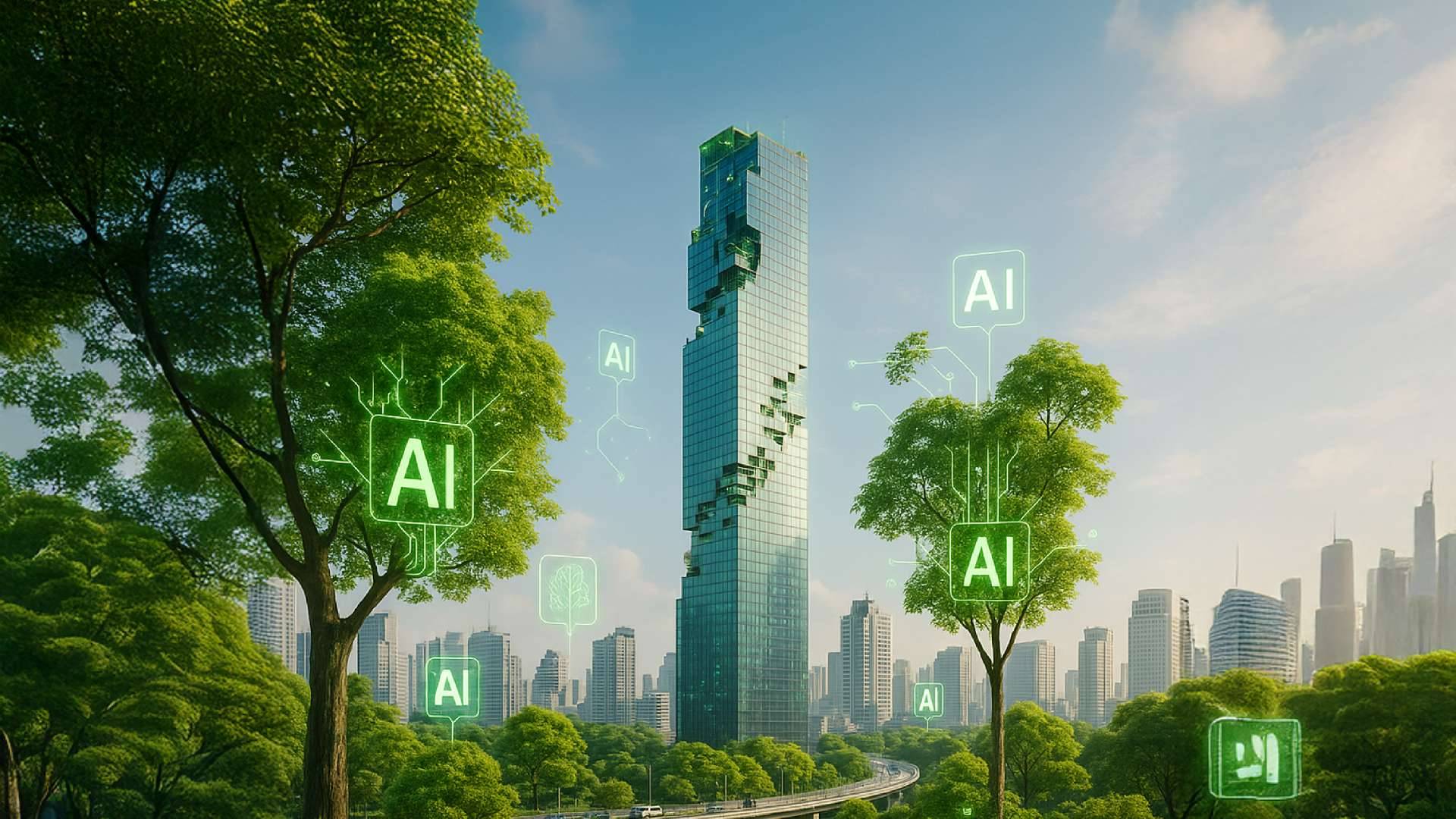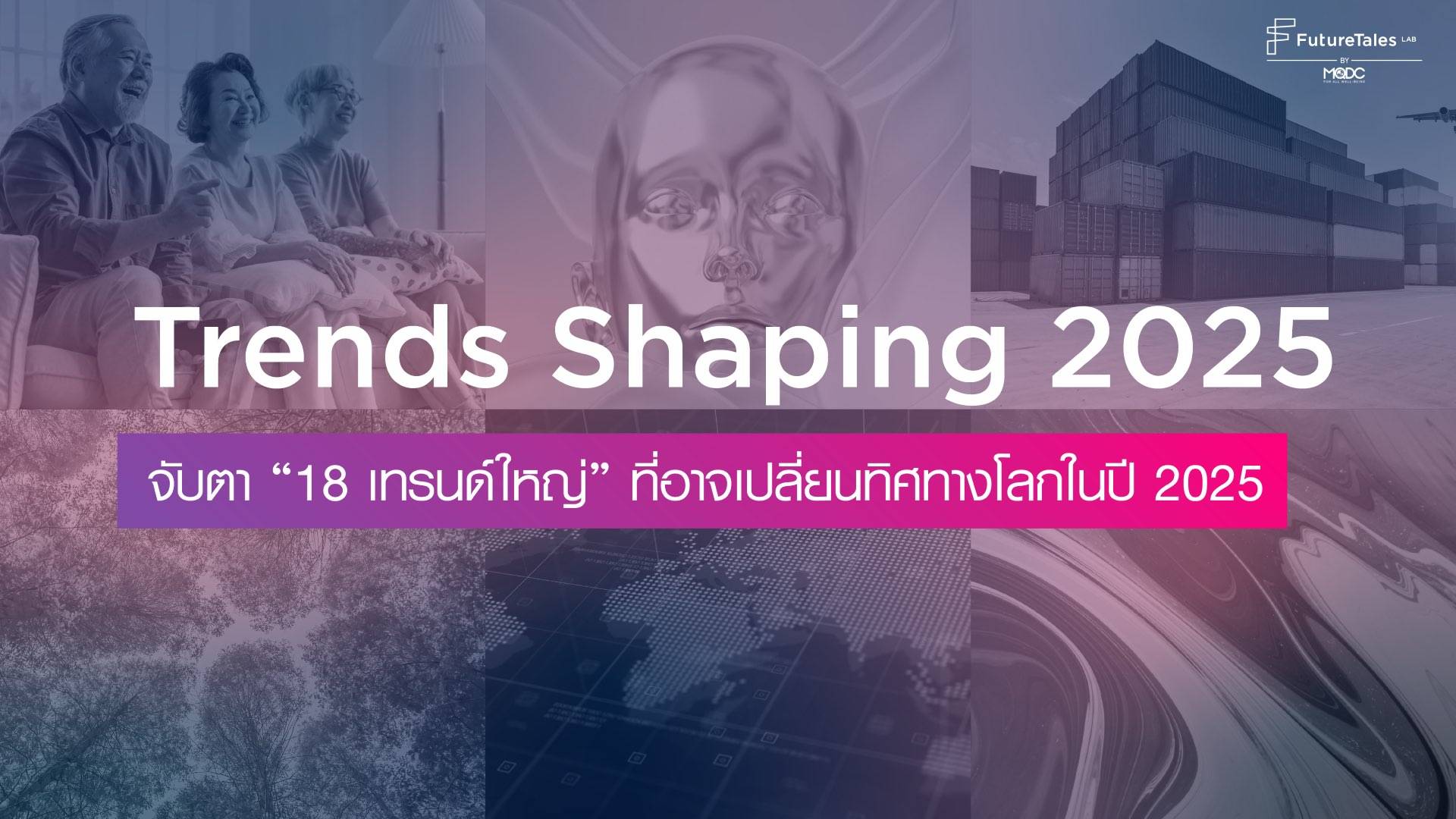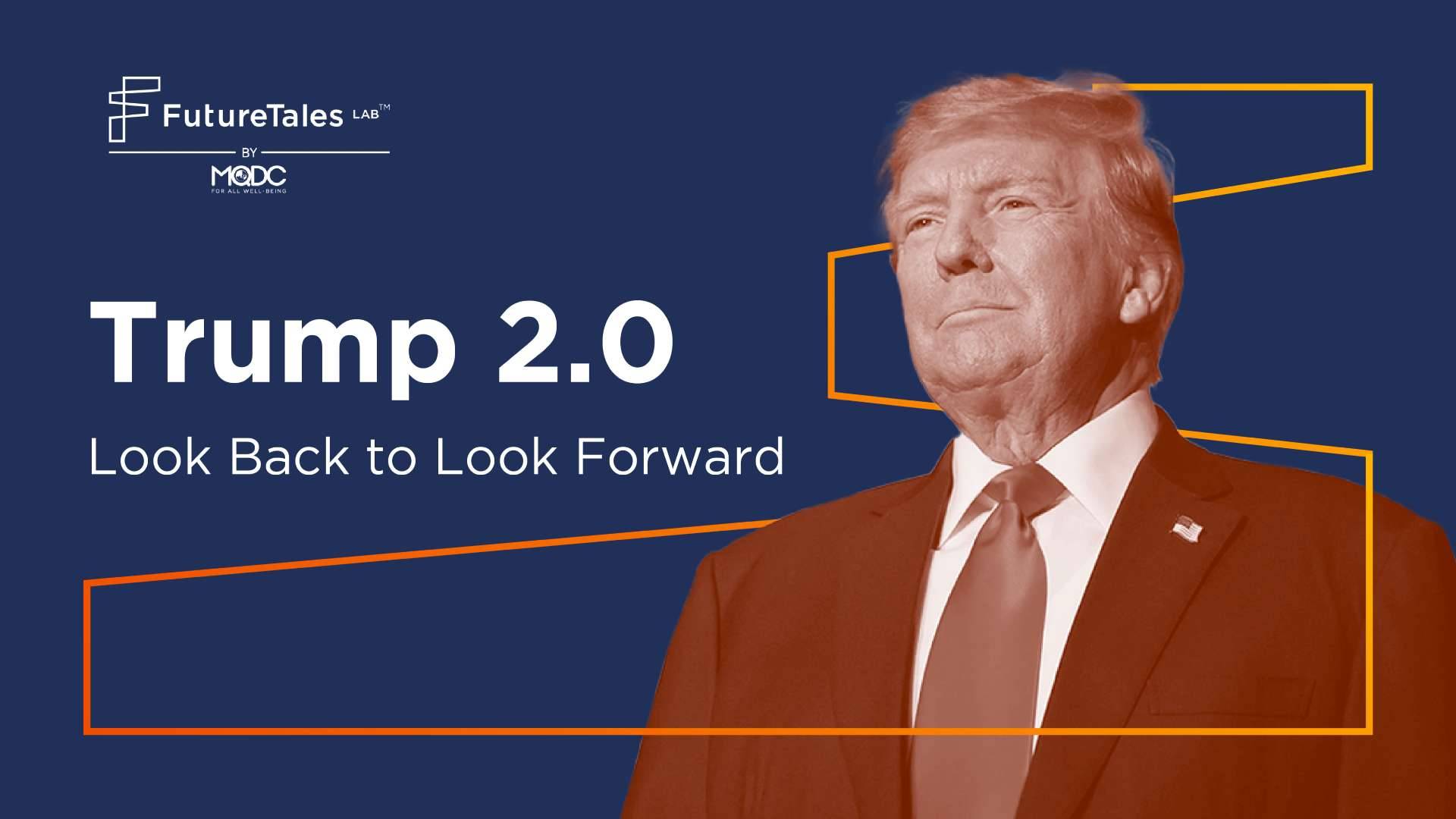
Futures of Living in Thailand 2030
ARTICLES | Feb 29, 2024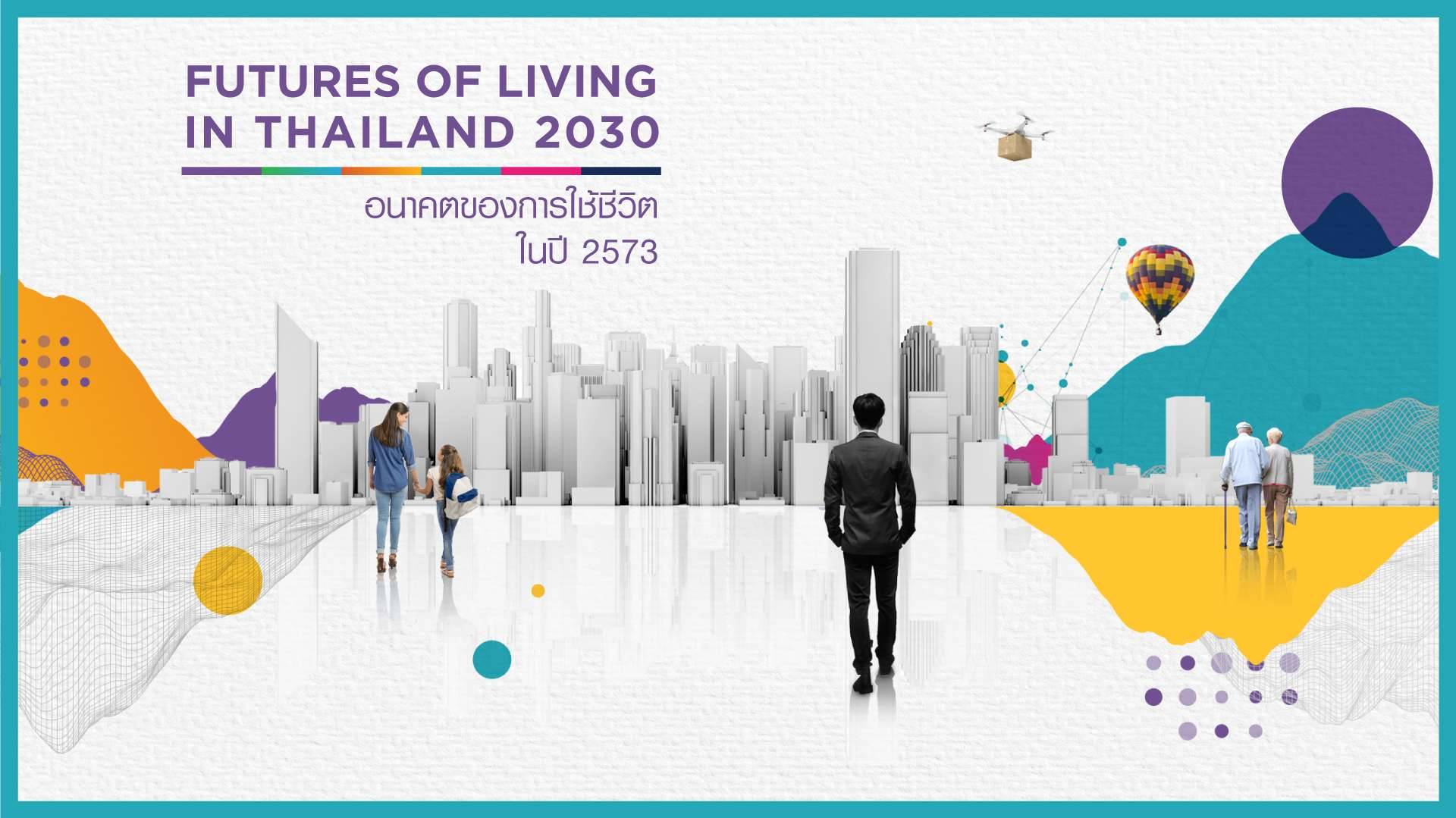
[#Living] [#Thailand] FutureTales Lab by MQDC with National Innovation Agency (Public Organization) continues its “Futures and Beyond: Navigating Thailand toward 2030” research with “Futures of Living in Thailand 2030”. The study gathers statistics, analysis, signals of change, driving factors, future scenarios, and proposals for action so relevant sectors can prepare for change and design a desirable future for Thailand.
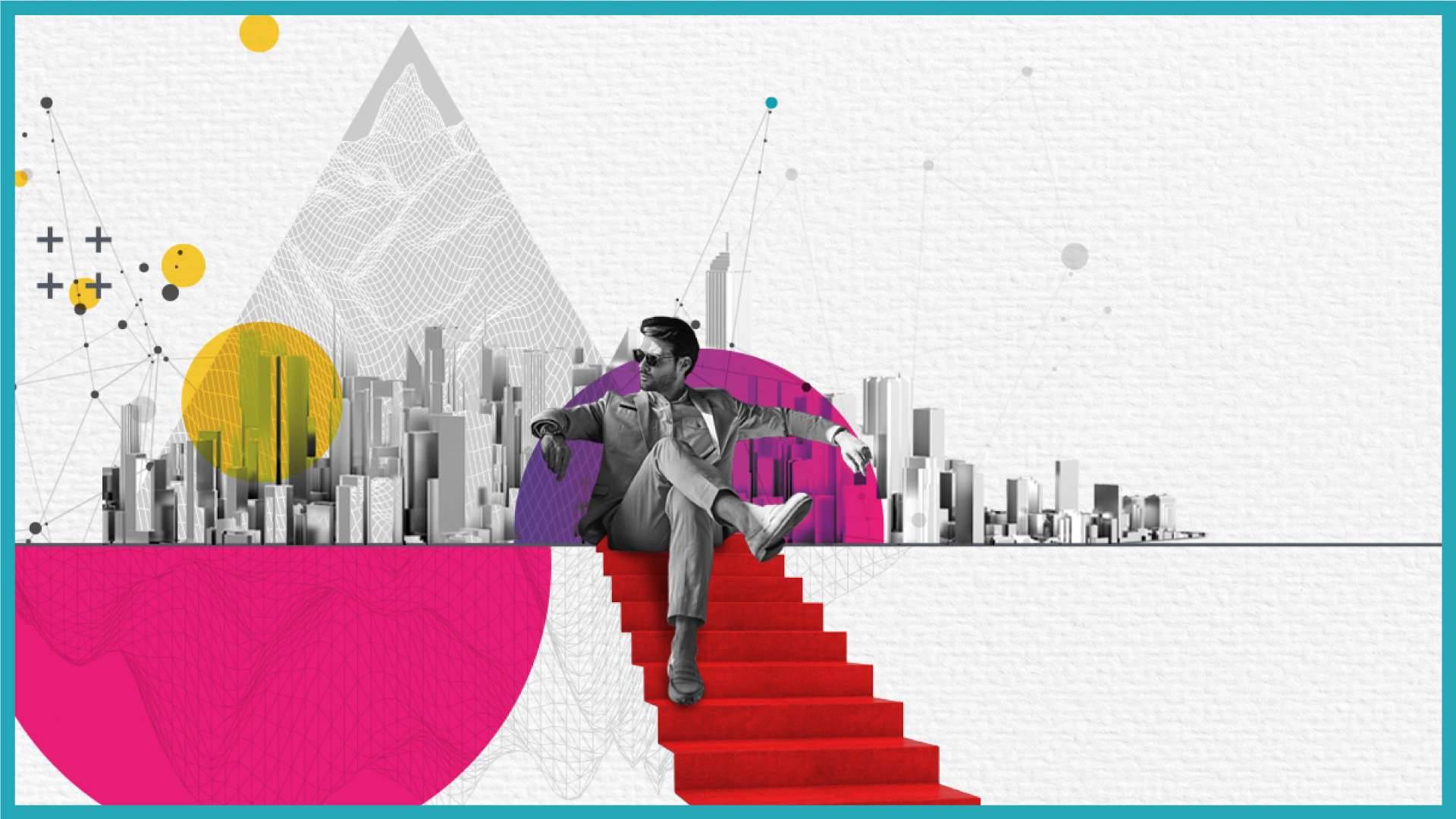
Scenario 1: ONLY FOR THE PRIVILEGED
Digital technology has developed at a rapid pace but inequality drives change and is an important problem in society, both spatially and economically. Technology is developed for commercial purposes and is too expensive for low-income people. The government doesn’t invest in infrastructure to provide convenience to people. Quality of life, especially for vulnerable groups and rural areas, is deteriorating. Cost of housing is also very high. Most people lack options in life. They live in small rental homes and make the most of their limited space.
Society
High-income earners in big cities are the only ones who benefit and live happily. Digital lifestyles and urban design exclude the middle class and below, who must rely on themselves and live in uncertainty. Society has no hope of improving the quality of life of its citizens. There is a high inequality in care and receipt of health services.
Technology
Technology and digital devices can make everyday life more convenient. But there is a lack of measures to control its use. Technology has therefore become a tool used to exploit and threaten people. There is a monopoly of technology and knowledge by large capital groups.
Environment
The environment is completely different between the areas of the rich and the poor. People in big cities and people in second cities mainly live in servitude and hopelessness in slum communities. Modern technology is an option for those who want to improve their quality of life but has a huge cost. Only the elite in society or those with high incomes can use facilities to improve their quality of life.
Economy
Government income distribution has failed. People have limited access to infrastructure. Society has high inequality in every dimension. People live in crowded areas and cannot even own their own homes due to too little purchasing power. The dire economic situation has made achieving a good quality of life for middle class people a dream with a high cost.
Policy
The government sector lacks investment in infrastructure for the well-being of the people. The problem of inequality is overlooked. Large companies and people with high incomes benefit from a focus on supporting capitalists to create advanced technology. But there are no effective measures to control usage and prices in the market.
Values
Most people are daily workers who earn a living from day to day. They don’t expect to achieve a good life. People with high incomes have become accepted. There is class division, discrimination, and the valuation of people based on their financial status. People in secondary cities move to big cities to look for opportunities in life.
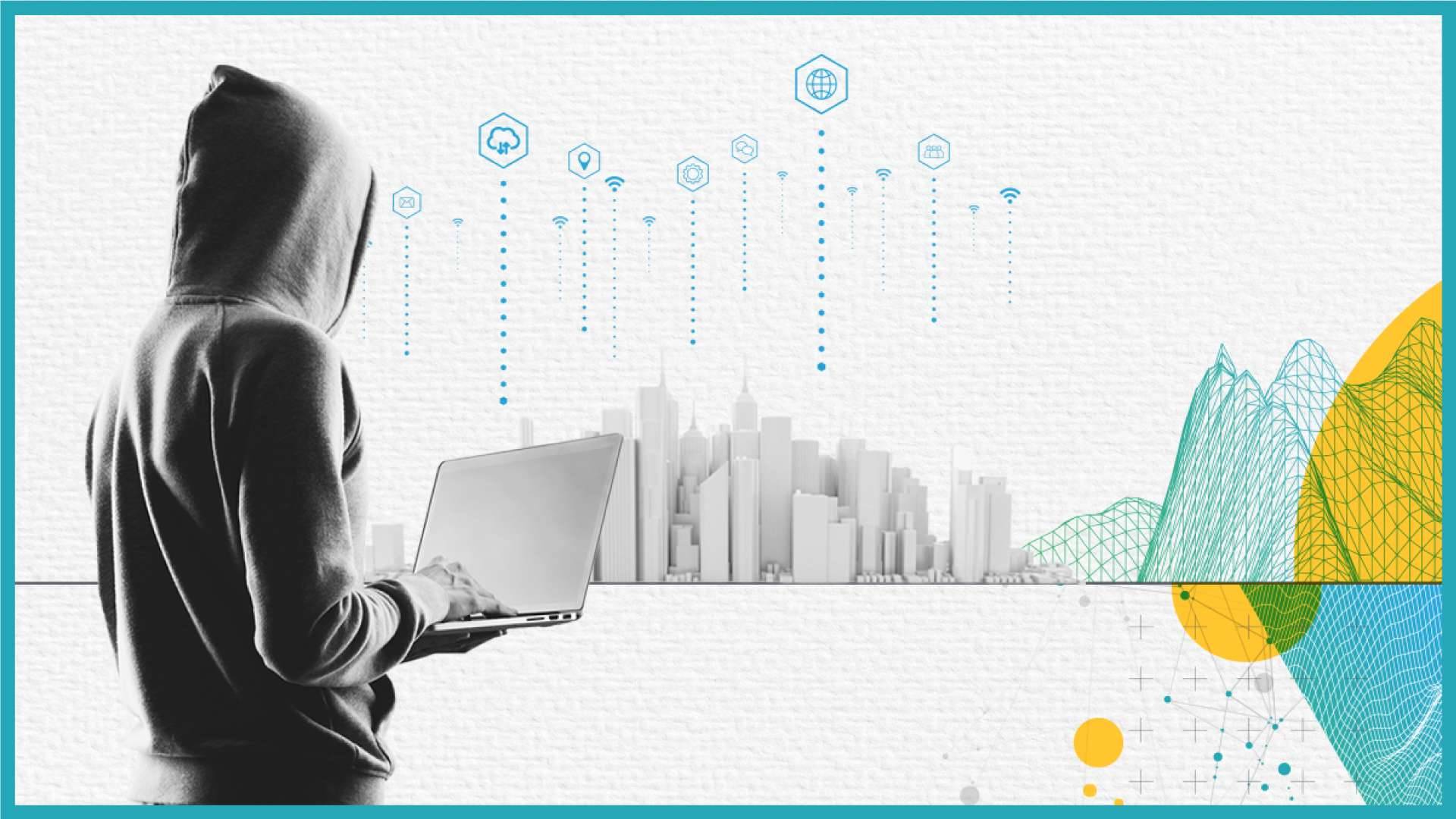
Scenario 2: INSECURE CYBERLIFE
The overall domestic economy has grown. Rapid development of digital technology has made it easy for people to access various facilities. But technology that develops too quickly without adequate control measures leads to confusion. Cybercrime has become a serious threat to society. Knowledge and caution in using technology have become essential life skills.
Society
Technology and efficient housing design improve people's quality of life and are resilient to change. However, people in society are increasingly wary of the effects of technology use.
Technology
The digital lifestyle has been developed to the utmost. Investments are being made in developing smart devices to improve people's quality of life. People can freely participate in the use and development of technology. Healthcare has become more efficient due to technological advances. But there is still insecurity arising from bad actors who threaten and take advantage of the people.
Environment
The living environment is filled with technology that helps people live their lives comfortably. Whether it's a smart home smart wearables or comprehensive online banking. But the country is also full of cybercriminals hiding with those technologies.
Economy
Technology and housing infrastructure have developed at a rapid pace. In a society full of cybercriminals without effective and reliable security systems, many small, medium, and large enterprises are participating in building the digital economy on a high-risk basis.
Policy
The government freely supports the development of digital technology for all forms of well-being. But there is a lack of safety and crime supervision measures resulting from the limitless use of technology.
Values
People's use of technology in society comes with concerns. Even though people trust the effectiveness of technology in improving their living conditions, they must be knowledgeable about the risks that come with technology, following the news closely.
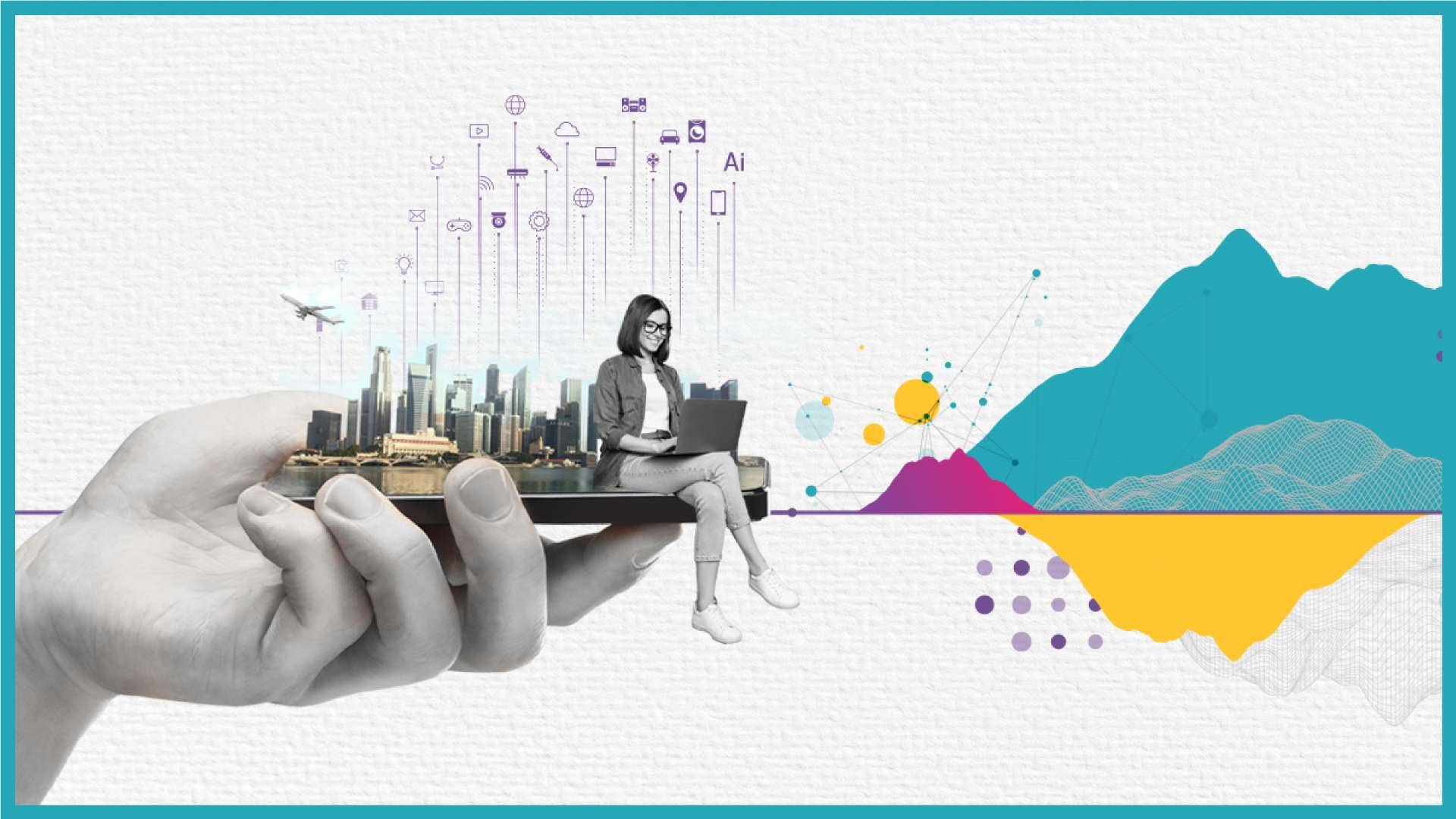
Scenario 3: UNDER GOVERNMENT PATRONAGE
The government sector needs to invest in resource allocation to develop infrastructure and welfare systems to cover all groups of people and all areas, with quality, convenience, and modernity to solve the problem of competition for limited resources. Citizens will have equal access to services and utilities through the integration of digital networks. But help will come mainly from the government sector. This causes a lack of dimensions to develop sustainable quality of life from all sectors.
Society
Housing design can meet the basic needs of all groups of people. There is technology to help facilitate life. The basics are cheap and accessible in every area. Most people are healthy. But many people must wait to receive government assistance. Society in both major and minor cities is in a state of inertia. There is no competition because people are satisfied with the basic quality of life that the state provides.
Technology
Technology and smart devices have been developed to suit people of all ages and are suitable for use in each area. Technology development is based on supervision and receives funding from the government. The quality of the technology is at a fair level but advanced technology is hindered by limited funding.
Environment
People have equal housing. Every household has all basic necessities. But life remains at a basic level. Living conditions are at a moderate level. Facilities are cheap because the government subsidizes the difference. Most people rely on government assistance.
Economy
People have equal access to housing infrastructure systems and basic services. There is almost no difference between living in a big city and a second city. The government sector has a very high cost burden to support the people. Poor economic stability reflects the lack of competition and development from the private sector and civil society.
Policy
The government sector provides basic services and welfare so that people of all groups, all ages, in all areas have an equal standard of quality of life, with a focus on solving structural problems according to the context of each area. There is decentralization from major city centers to local administrative systems. The government bears the cost of promoting basic quality of life for citizens.
Values
People live life without struggle, satisfied with the quality of life without competition, relying on government assistance. People focus on living in their hometown with their families. The quality of life in major cities and secondary cities is no different.
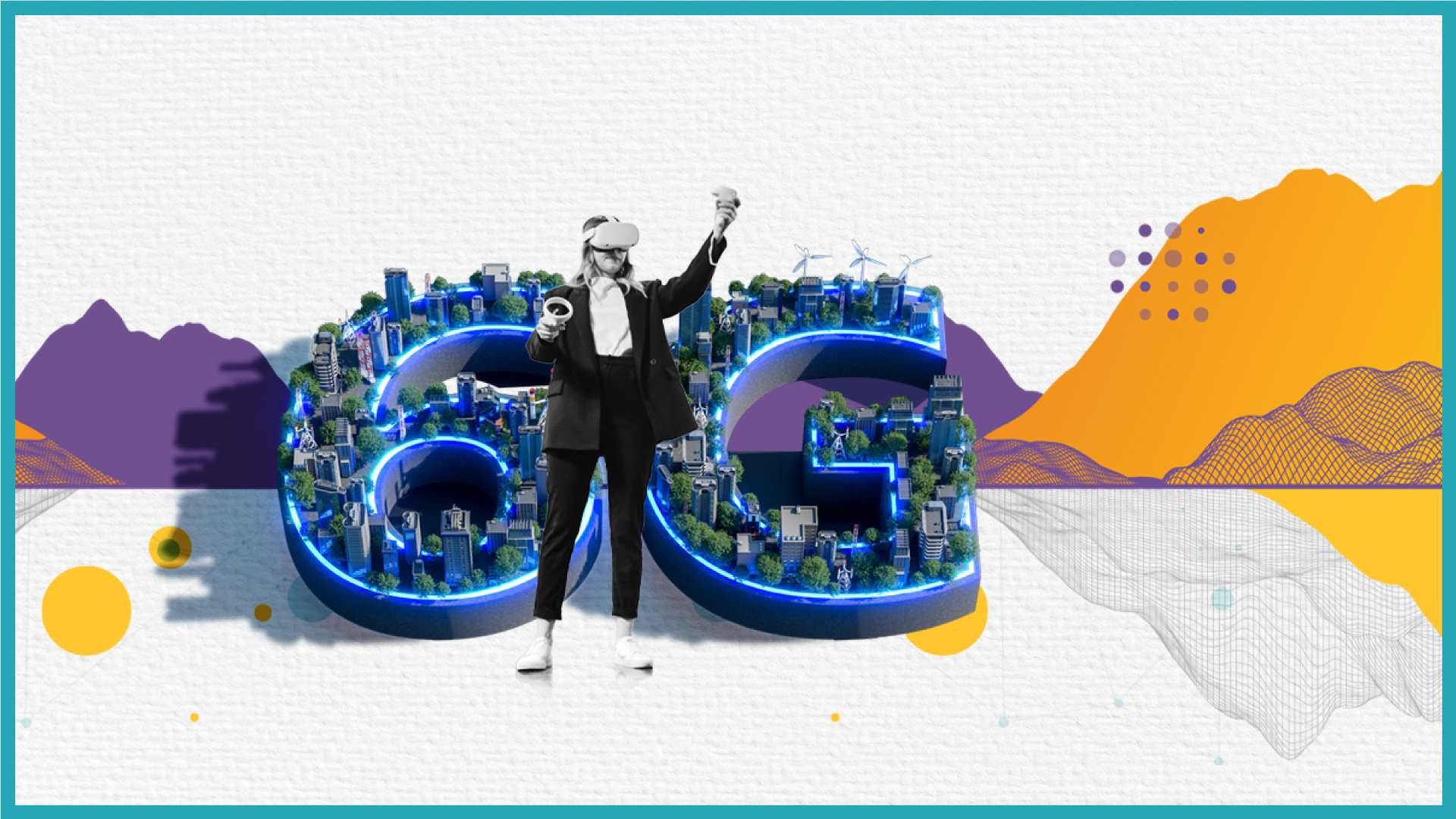
Scenario 4 : THIS IS COMFY!
Improving quality of life comes from cooperation between all sectors. Traditional living is combined with modern technology. People have sustainable well-being. There is a place to live called “home” which provides warmth for everyone in the family. Modern technology helps people of all groups live comfortably, helping with communication, creating understanding, and connecting people to have joint activities. People in society have the power to buy housing, assistive technology, and smart devices. The government sector manages and distributes utility service systems to suit the context of each area. A good, safe and comfortable quality of life is therefore accessible to everyone.
Society
People have a good quality of life both physically and mentally. There is no risk or worry about uncertain situations. There is an infrastructure system that covers all groups of people. Homes are designed to integrate smart technology seamlessly and perfectly, helping people of all groups live comfortably and have good health in every dimension.
Technology
There is technology to help people of all groups have access to more amenities. Communication between people and smart devices is smooth and seamless. Everyday activities are adapted to the digital way.
Environment
Homes are safe and quality spaces. People of different ages in society live together harmoniously. There is modern technology to facilitate you everywhere and promote good health. There is a wide range of smart devices available both for rental and purchase at reasonable prices.
Economy
People of all groups have good access to the basic necessities of life. Housing expenses are in line with income with even distribution of income. The economy runs on the digital drive.
Policy
The public and private sectors join to promote equality in society and reduce inequality by setting development and welfare policies for the well-being of the people. There is a budget to support the development of technology and innovation for well-being. There are also measures to take care of the well-being of people of all ages.
Values
The well-being and values of all people are reflected in inclusive design. People have digital skills as life skills.

GUIDE TO ACTION
Proposal for action
Government sector
1. Invest in infrastructure systems such as education, public health, public transport to ensure equal access including good supervision of technology and digital information.
2. Develop government services with people at the center (citizen centric) and develop technological advancements and innovations to provide efficient, comprehensive, and thorough services to the people.
3. Promote the creation of an economic and social system in which the government has efficient and equitable digital data management services for citizens.
4. Strengthen and carry out proactive work in social and environmental matters to reduce inequality and improve the quality of life of the people, especially vulnerable groups.
5. Modify laws and policies to be up to date. Reduce duplication and provide opportunities for citizens to express their rights and freedoms equally.
Private sector
1. Understand the lifestyles and expectations of customers of all age groups, taking into account various differences to adapt and develop products and services to help fulfill the quality of life and reduce inequality in society.
2. Be open to and learn about changes in digital technology and innovation continuously. Monitor risks and threats that may arise from the use of technology and innovation. To apply and develop products and services creatively and with social responsibility.
3. Drive the utilization of digital data, digital technology, and innovation to create business opportunities that enhance the quality of life and livelihood of Thai people.
4. Focus on driving business that improves the quality of life of Thai people with social and environmental responsibility.
Community
1. Promote skills in understanding and using digital technology (Digital literacy) for people of all age groups to make the community equally knowledgeable about technology.
2. Together create the value of living together in a supportive community and understanding diversity to build social immunity at the community level.
3. Improve quality of life, well-being, and safety in the community by using the mechanism of working together through the community with leaders and volunteers.
4. Build strength and social immunity for youth and vulnerable groups in the community through a collaborative mechanism of all sectors.
5. Promote learning opportunities in technology and innovation for youth in the community. To raise the potential of the new generation in driving the community
People
1. Be aware and ready to adapt to changes especially in the digital economy and society.
2. Be open to and learn about changes around you to adapt and build social immunity including training to prepare for dealing with risks, especially in careers and personal finances.
3. Learn how to balance living life and being part of a society that combines traditional happiness and modern technology.
4. Learn to be an active citizen with social responsibility. Play a role in the community, have volunteer spirit, be public-minded and be aware of your role and responsibility to society.


